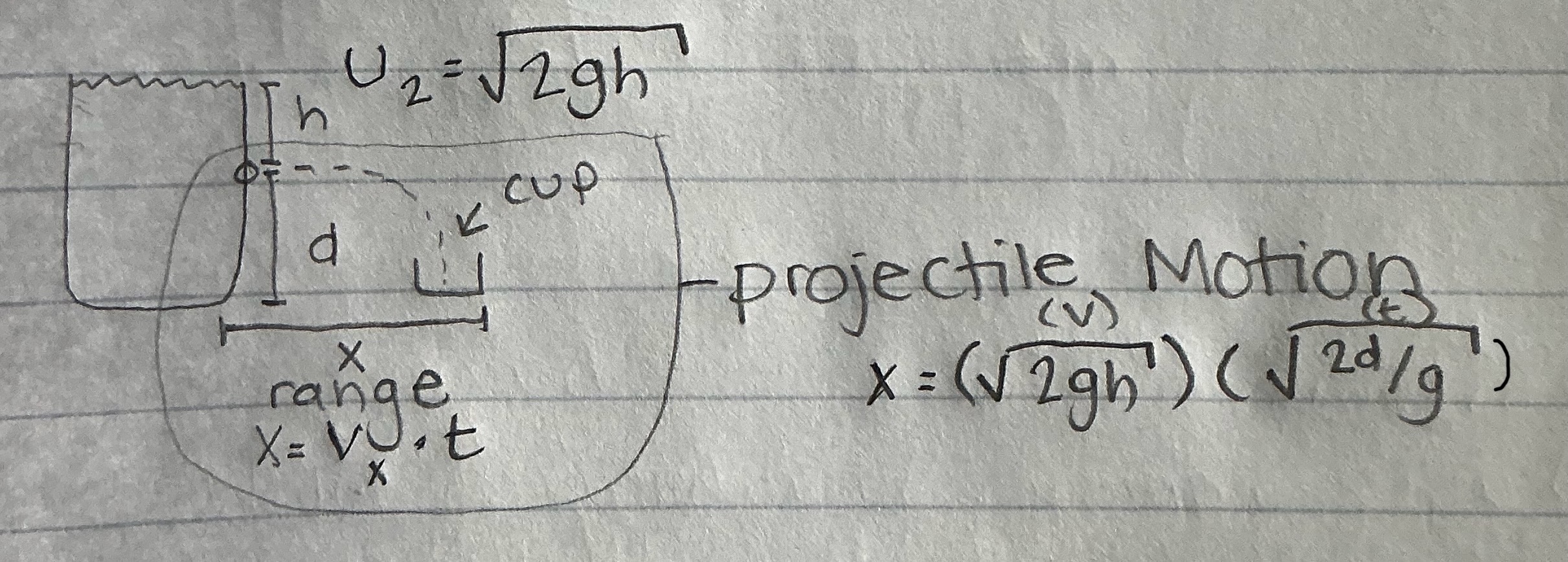AP Physics 1 Full Review (Unit 7 - Unit 8)
1/58
Earn XP
Description and Tags
Name | Mastery | Learn | Test | Matching | Spaced |
|---|
No study sessions yet.
59 Terms
Hooke’s Law
Fs = -kΔx
Equilibrium point on a spring is _
Where it rests when FNET = 0
Simple Harmonic Motion (SHM)
Special case of periodic motion with a restoring force pulling back to equilibrium
Restoring Force
Force causing the net acceleration (for a spring —> spring force)
Equation for restoring force for a spring
-kΔx = ma
What is the restoring force for a pendulum?
Force of the earth
Restoring force is proportional to __
Distance from equilibrium point
Frequency
Number of cycles that happen in a given time period (Hertz Hz) (Cycles per second)
Period (T)
f = 1/T
How much time passes for one cycle
Period relationship with length, mass, and gravity (Pendulum)
As length increases, so does the period
As mass increases, the period remains constant
As gravity increases, the period decreases
Equation for period of a pendulum
Tp = 2π Square root(l/g)
l = length
Period relationship with mass, spring constant, and gravity (Spring)
As mass increases, the period increases
As k increases, the period decreases
As gravity increases, the period remains constant
Equation for Period of a Mass-Spring System
Ts = 2π Square root(m/k)
Ideal Pendulum
0 friction
Linear action makes slope __
useful in some way usually
SHM Features
1) Energy conserved
2) Restoring force = unbalanced force acting towards equilibrium
3) Object equation = x = Acos(2πft)
Object’s position in SHM equation
x = A cos(2πft)
A = Amplitude
f = Frequency
t = time
When acceleration is changing, use __
Energy
Spring max Potential Energy equation
Us max = ½ kA²
Where there is no kinetic energy and it’s at amplitude position
Kinetic Energy is ___ when at the equilibrium of a vertical spring
Greatest
Energy of a pendulum equation
EP = ½ mv² + mgh
Energy of a horizontal spring equation
Ehs = ½ mv² + ½ kx²
Energy of a vertical spring equation
Evs = ½ mv² + ½ kx² + mgh
Equation for mechanical energy
ME = K + U
K = Kinetic Energy
U = Potential Energy
Conservation of Energy
Ballistic Pendulum
Bullet shot into a block to make it swing
Increase Speed, increase Amplitude, Period stays constant
Volume
Space occupied
Measured with graduated cylinder
V = lwh
Density (ρ)
Amount of matter per space
Measured with Hydrometer (or calculated)
ρ = m/v
Weight
Force of gravity on object (N)
Measured with spring scale
Extensive properties definition
Properties that depend on the amount of matter (m, V, w)
Intensive properties definition
Properties that depend on type of matter (density (ρ))
Fluid states of matter
Liquid and gas
Liquid properties
Mass, volume, and density constant
Shape is variable
Equation for density (ρ)
ρ = m/v
units: kg/m³
Gas properties
Mass constant
Volume, density, shape = variable
Common density values
Air: ½ kg/m³
Water: 1000 kg/m³
Salt Water: 1030 kg/m³
Slope of a m vs. V graph
Density (ρ)
Pressure equation
P = F/A
Pressure = Force per Area
Units: N/m² = Pascal (Pa)
SCALAR
Atmospheric Pressure
1.0 × 10^5 Pa
Atmosphere puts __ on water
Pressure
Equation for pressure exerted by a fluid
P = P0 + ρgh
P = Absolute pressure (Pa)
P0 = Atmospheric Pressure (Pa)
ρ = Fluid density (kg/m³)
g = GFS (N/kg) —> for MCQs use g=10
h = Fluid depth (m)
Gauge Pressure
ρgh = gauge pressure (Pa)
ρ = fluid density
Archimedes’ Principle
Buoyant Force = weight of displaced fluid
Equation for Buoyant Force (Fb)
Fb = ρVg
ρ = density of fluid
V = Volume of fluid displaced
Change in pressure equation (ΔPBA)
ΔPBA = ρgd
Buoyant Force is caused by __
Difference in Pressure
Floating definition
Stationary with Fb = Fg
Ratio between V and ρ of a cube and water
VW/Vc = ρc/ρW
Tells how much of cube is submerged
Ex) 40% submerged = 400 (kg/m³) / 1000 kg/m³)
Conservation Laws (Fluids) for mass and energy
Mass: Continuity Equation
Energy: Bernoulli’s Principle
Conservation of Mass (Fluid)
Same amount must pass through a point per second (speed can change)
Volume and Mass of liquid system conserved
Fluid Flow Rate Q = Volume/time
Ideal Fluid
Water assumed to be incompressible
Fluid Flow Rate (Q)
Q = Volume/Time (m³/s)
Continuity Equation
A1V1 = A2V2
A - Cross-sectional area
What kind of fluids can be used with Continuity Equation
Ideal/Incompressible fluids
Bernoulli’s Equation Relationships
As Cross section decreases, Speed increases and Pressure decreases
As Vertical position increases (down), Pressure increases
Bernoulli’s Equation
P1 + ρgy1 + ½ ρV1² = P2 + ρgy2 + ½ ρV2²
Statement of Conservation of Energy
Pressure as pipe goes up and narrows
A1v1 = a2V2
P1 > P2
Pressure as pipe goes down and widens
A1 < A2
V1 > V2
P1 < P2
Torricelli’s Theorem definition
Specific application of Bernoulli’s Equation
Container with a hole at a specified location at a specified height that sends fluid in projectile motion

Torricelli’s Theorem
P1 + ρgy1 + ½ ρv1² = P2 + ρgy2 + ½ ρv2²
v = velocity
v2 = Square root(2gΔy)
